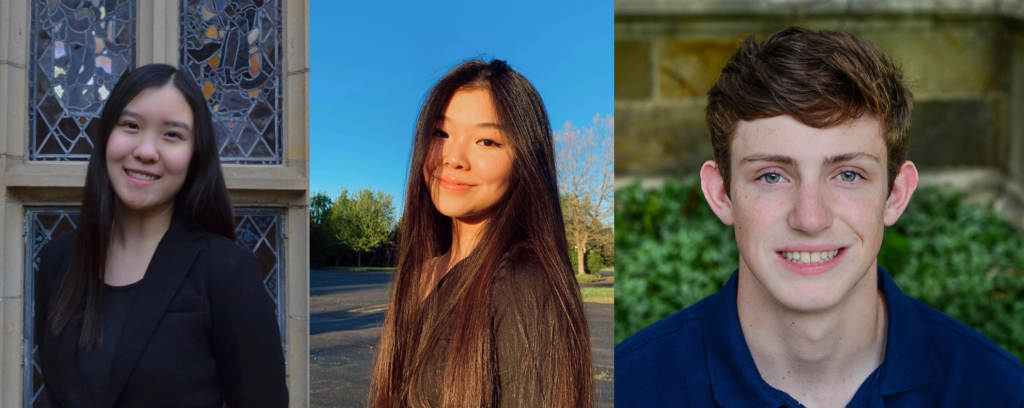Deformable spotwelds modeled using beams or solids elements can invariably limit the global timestep due to its small dimensions. LS-DYNA provides two methods to scale the spotweld timestep. The first method is the well-known global mass-scaling using DT2MS in CONTROL_TIMSESTEP. When DT2MS is non-zero (usually a negative number), the density of the spotwelds are modified such that each spotweld element’s timestep is equal to abs(DT2MS). The second method involves the use of DT in MAT_SPOTWELD which when non-zero, LS-DYNA modifies the densith of ONLY the spotweld elements such that the spotweld timestep has a minimum timestep of DT. When both DT2MS and DT are non-zero, LS-DYNA first processes the spotweld elements such that the spotweld timestep is DT and then re-processes the elements such that the spotweld element’s timestep is greater than abs(DT2MS).
It must be noted that when DT is non-zero in MAT_SPOTWELD, the scaled spotweld mass is reported as physical mass. Any additional added mass due to DT2MS is then reported as added mass for deformable spotweld elements. When using DT, it is advised to review the summary of mass output in D3HSP and also to the screen such that a reasonable DT is used.















